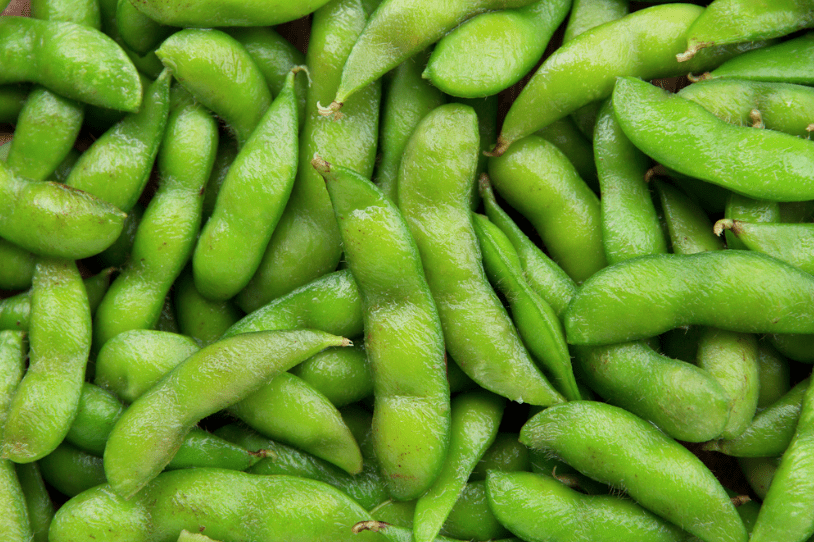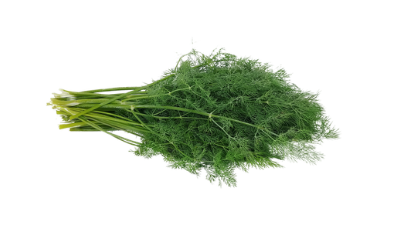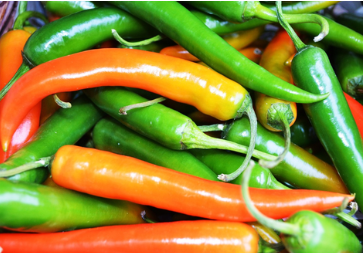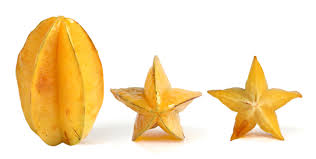Sometimes I'm asked, "What's the difference between ginger and zingiber?" Well, I'm happy to provide a comprehensive answer to that question: There's no difference between ginger and zingiber; it's simply two names for the same plant.
I could delve into the etymology (origin of the name) of ginger/zingiber, but in the case of this plant, it's more interesting to talk about geography and anthropology. Why is it more interesting?
Because the origin of ginger is somewhat obscure to us—it comes from the islands of Southeast Asia, and the ethnic group that cultivated it and made intensive use of it over 6,000 years ago was a lesser-known ethnic group, the Austronesians.
I say "lesser-known" because the Austronesians today aren't a distinct ethnic group but rather a large collection of peoples from Southeast Asia, Oceania, and East Africa who, at first glance, have no apparent connection, and from an ethnic standpoint, they would be classified accordingly as Asians, Oceanians, or Africans. However, when examining the languages spoken in places like Taiwan, Polynesia, or Madagascar, we find that all these languages have a common origin.
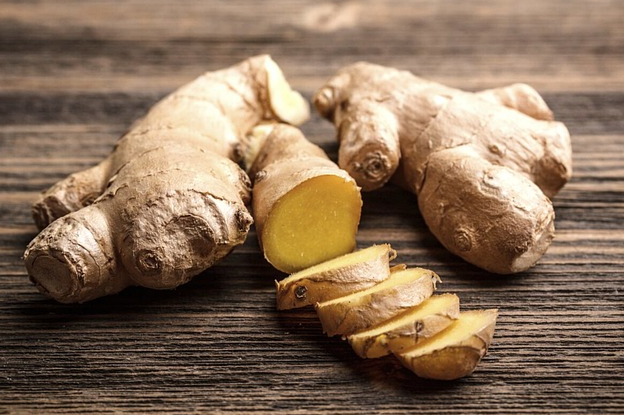
The prevailing assumption is that this group originated from today’s Taiwan region and developed seafaring capabilities, which spread to many islands in the Pacific Ocean and the coasts of East Africa, and wherever they settled, local populations were assimilated.
In any case, it was these Austronesians who cultivated the ginger we love today, and already 5,000 years ago, it reached China, Japan, and from there through India and Iran to Europe and the Middle East, and for at least 2,500 years, has been known worldwide as a spice and important medicinal plant.
The first mention of ginger in writings appears with the Chinese philosopher Confucius in the fifth century BCE, and if you're in the mood to take advice from an elderly wise Chinese man, Confucius's unambiguous recommendation is to add ginger to every meal.
If we're already in the ancient world, according to the Roman naturalist Pliny the Elder, who worked in the first century CE and perished in the eruption of Mount Vesuvius that buried the city of Pompeii, the origin of ginger at that time was Ceylon (the island of Sri Lanka today), and that was probably the reason it was a sought-after and expensive product.
The Jewish sources also mention ginger numerous times in the Gmara as a spice and medicinal plant. Our sages called ginger "zingiberla" and referred to it as a herb for digestion that aids digestion and improves oral hygiene.
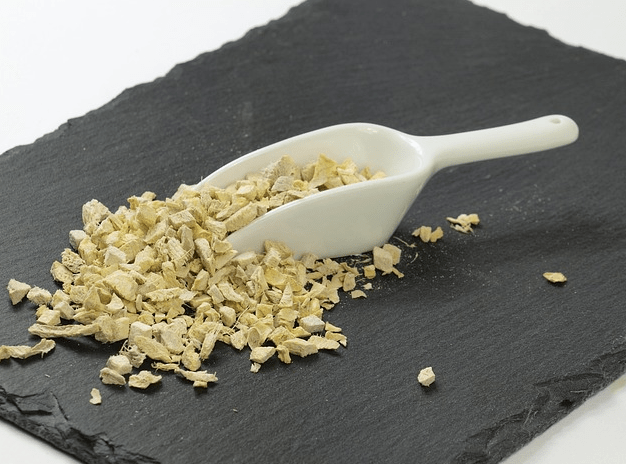
After all this jazz, you're probably wondering, what is ginger exactly and what on earth do we do with it?
Well, in principle, ginger is a herbaceous perennial plant that grows to a height of a meter, but what interests us specifically is its hidden part—the thick, knobby root resembling a tuber.
What do we do with it? Turns out, a lot of things. Ginger stands out for its sharp taste and rich aroma, and it's used both fresh and dried.
In India, Iran, Yemen, China, and a long list of other Asian countries, it serves as a central spice (as well as in traditional medicine). Oil can be extracted from it, and in North America and Europe it is used to produce a beer-like, alcohol-free beverage called ginger ale.
Europeans also use it as an additive to many pastries.
What do I do with it? I love grating fresh ginger into soups and dishes, and never miss a chance for a cup of ginger tea, spicy yet sweet, at the end of the day.
Usually, even on tough days, this tea manages to lift my spirits. In winter, I prefer the hot version, and in summer, the iced tea version, which is already waiting for me in the fridge.



